Can I stain butcher block? How do I seal?
peonybush
12 years ago
Featured Answer
Sort by:Oldest
Comments (8)
millworkman
12 years agobrickeyee
12 years agoRelated Professionals
Christiansburg Cabinets & Cabinetry · Graham Cabinets & Cabinetry · Key Biscayne Cabinets & Cabinetry · Central Cabinets & Cabinetry · Morristown Carpenters · Olathe Carpenters · Valley Stream Carpenters · Adelphi Flooring Contractors · Banning Flooring Contractors · Chesapeake Flooring Contractors · Lincoln Flooring Contractors · Livonia Flooring Contractors · Cedar Rapids Furniture & Accessories · Aventura Furniture & Accessories · Carpinteria Furniture & Accessoriesbobismyuncle
12 years agojessicaml
12 years agoandersons21
12 years agolazy_gardens
12 years agolindac
12 years ago
Related Stories
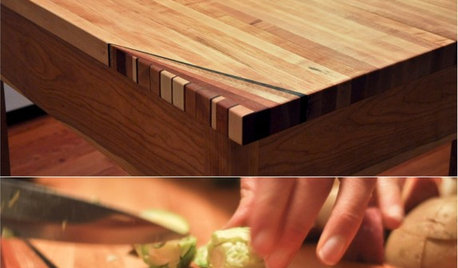
WOODWORKINGHow to Clean and Care for Your Butcher Block
Keep butcher block counters and boards looking sharp as a knife — and sanitized for safe food prep — with this advice from a pro woodworker
Full Story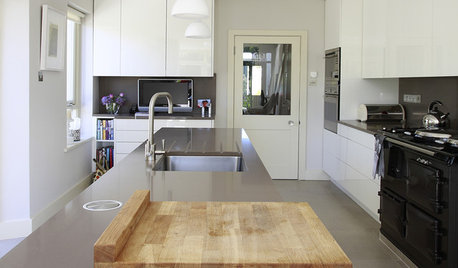
KITCHEN DESIGNButcher Block Makes the Cut for Holiday Kitchen Prep
Countertops and cutting boards will likely take a beating over the holidays. These butcher blocks have the chops to perform under pressure
Full Story
LIFEThe Polite House: How Can I Kindly Get Party Guests to Use Coasters?
Here’s how to handle the age-old entertaining conundrum to protect your furniture — and friendships
Full Story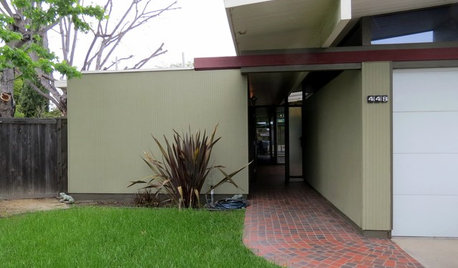
HOUZZ TOURSMy Houzz: Yard Seals the Deal for an Eichler Home
Expansive indoor-outdoor living sold a couple on this midcentury California home, now brimming with vintage finds collected over time
Full Story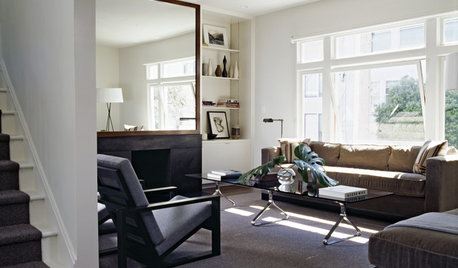
LIVING ROOMSIdeabook 911: How Can I Make My Living Room Seem Bigger?
10 Ways to Make a Small Space Live Large
Full Story
FUN HOUZZEverything I Need to Know About Decorating I Learned from Downton Abbey
Mind your manors with these 10 decorating tips from the PBS series, returning on January 5
Full Story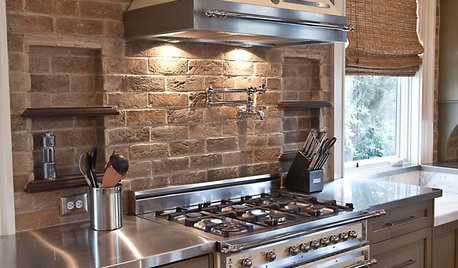
KITCHEN DESIGNYes, You Can Use Brick in the Kitchen
Quell your fears of cooking splashes, cleaning nightmares and dust with these tips from the pros
Full Story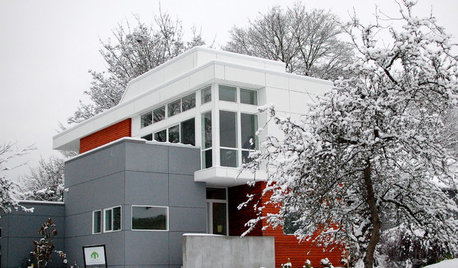
REMODELING GUIDESSeal the Deal With Fiber Cement Siding
Chameleon-like, durable and low maintenance, fiber cement gives home exteriors of all shapes and styles a winning edge
Full Story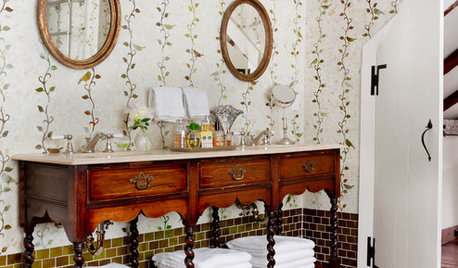
MOST POPULARYou Can Turn That Into a Bathroom Vanity?
Find inspiration in 13 unconventional bathroom vanities that are as functional as the real deal
Full Story
ART8 Ways Vermeer’s Work Can Make Its Mark in Your Home
Go Dutch with stained glass, Oriental rugs, checkered floors and delft tile
Full Story








andersons21